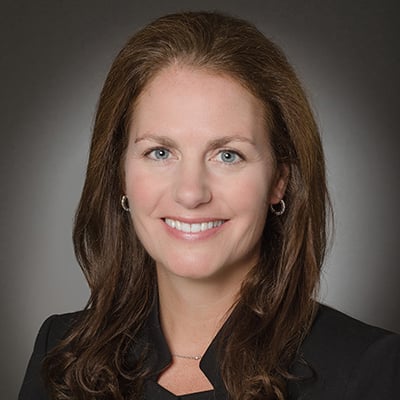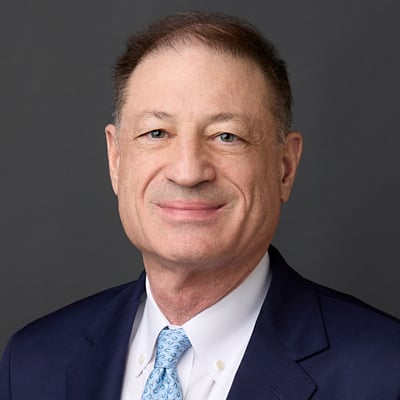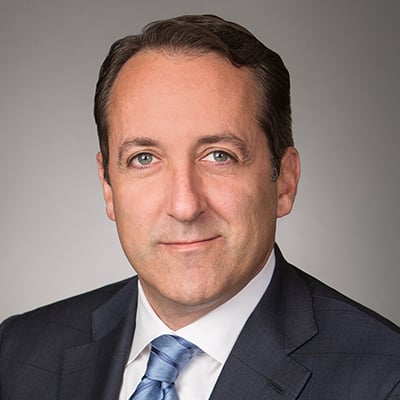Intellectual Property Hot List
Kirkland & Ellis' intellectual property practice is home to 260 attorneys spread among six domestic offices as well as outposts in London and Shanghai, China. In addition to their legal training, 260 attorneys in the firm's have science or engineering backgrounds.
In a high-profile case, IP partner Dale Cendali helped The Associated Press fight an unauthorized use of a photograph by artist Shepard Fairey, who turned the picture of President Barack Obama into the now-iconic "Hope" campaign poster. Cendali's team noticed some irregularities in the electronic data submitted by the defense. Having recently tried cases where the "other side fabricated evidence in order to help their case," Cendali said this immediately caught her attention.
Ultimately, it turned out that Fairey had not only used the photo claimed by the AP but also altered computer files to make it appear this was not the case. He pleaded guilty to criminal contempt on Feb. 24.
In March 2011, partner Russell Levine, while representing BP Lubricants USA Inc., achieved a rare mandamus ruling at the U.S. Court of Appeals for the Federal Circuit that clarified the pleading standards for false-marking lawsuits, an area that had inundated federal courts. This decision essentially shut down the cottage industry that had seen hundreds of false-marking cases filed each month.
Last July, the firm won a $41 million verdict for client Lucent Technologies Inc. Click for Enhanced Coverage Linking Searchesin a patent infringement case by using a survey to determine the relative value of a patented technology used as part of a product. A jury agreed with Lucent's $70 million assessment, although the court later reduced this amount, after which both sides settled.
In September, a team led by partner Gregg LoCascio helped Honeywell International invalidate a competitor's patent to negate an infringement claim. When the Federal Circuit ruled that Honeywell infringed the patent, LoCascio knew he would be fighting an uphill battle to convince a jury to throw out an extremely technical patent on a process to manufacture a chemical used in insulation. Luckily, he had assembled a panel of "testifiers who were teachers first" and also had the perfect person to test his jury strategy on: his 70-year-old mother.
"If I can't get her or her friends to understand what I'm talking about in 20 minutes or 10 minutes on the phone, I know I need to rethink my strategy," LoCascio said. In the end, a District of Delaware jury invalidated the patent, effectively nullifying the infringement ruling.
REPRINTED WITH PERMISSION FROM THE MAY 7, 2012 EDITION OF THE NATIONAL LAW JOURNAL © 2012 ALM. ALL RIGHTS RESERVED. FURTHER DUPLICATION WITHOUT PERMISSION IS PROHIBITED






